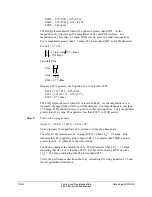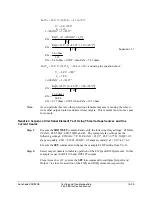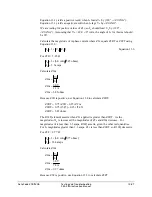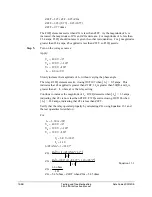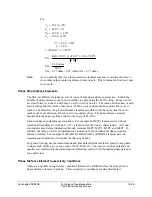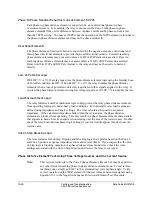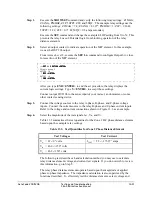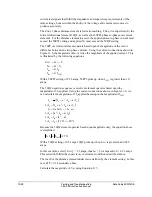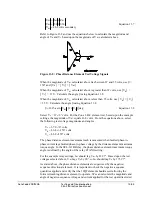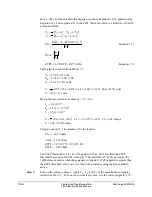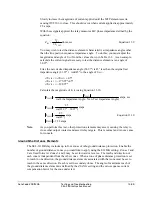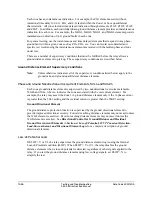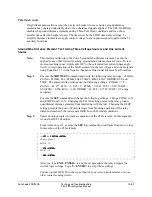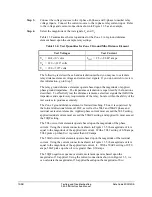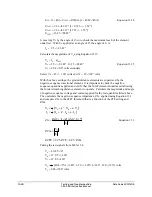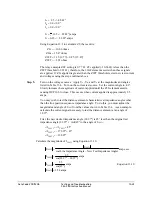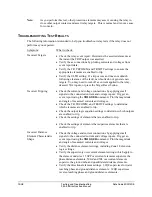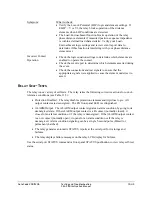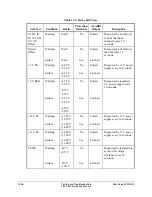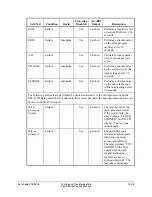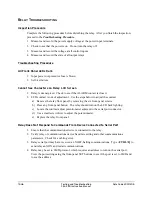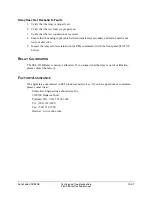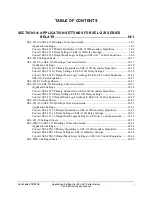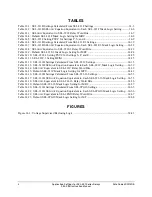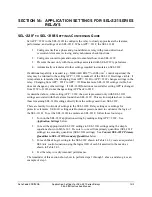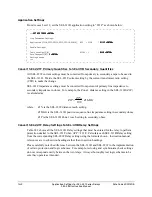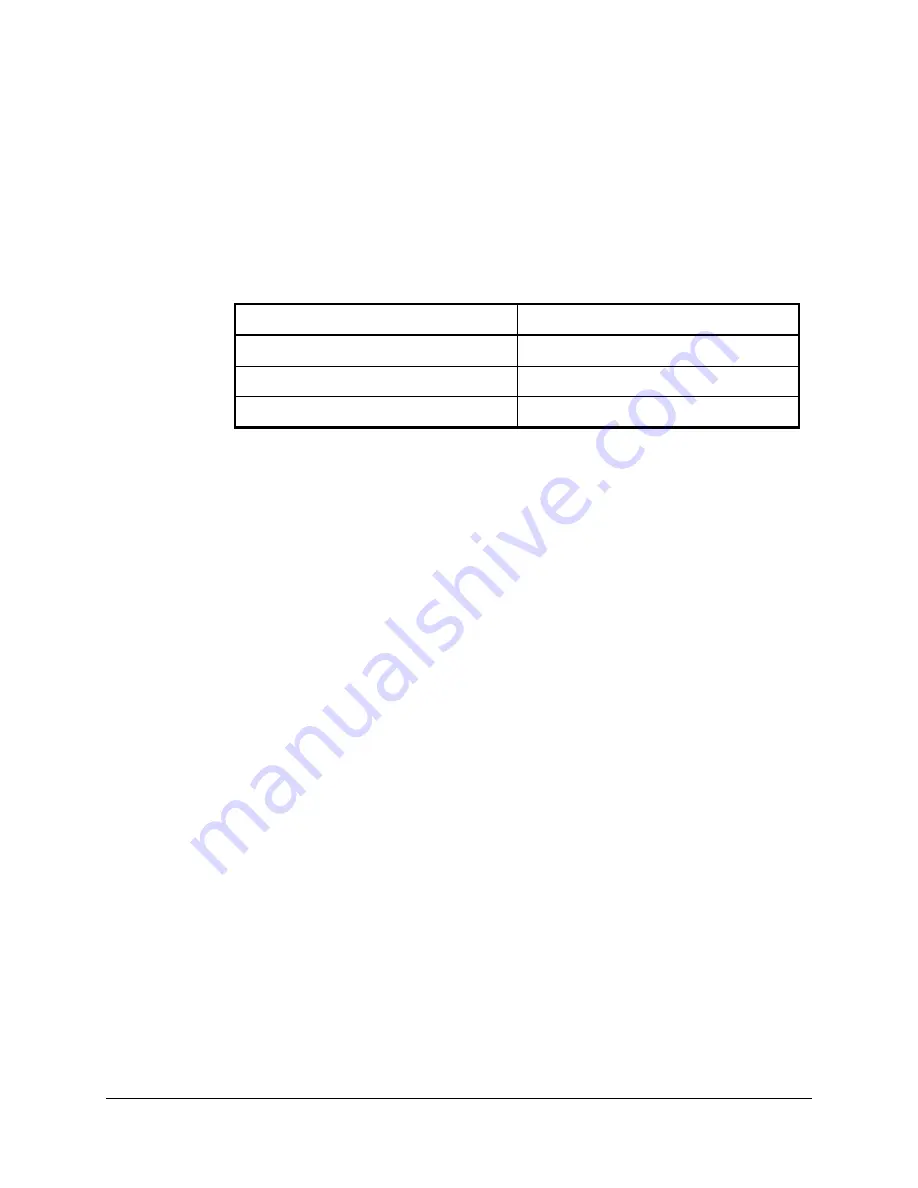
13-38
Testing and Troubleshooting
Date Code 20011205
SEL-311B Instruction Manual
Step 3.
Connect the voltage sources to the A-phase, B-phase, and C-phase to neutral relay
voltage inputs. Connect the current source to the A-phase relay current input. Refer
to the voltage and current connections shown in Figure 13.5 as an example.
Step 4.
Select the magnitude of the test signals, I
A
and V
A
.
Table 13.4 summarizes the test quantities for the Zone 2 A-G ground distance
element based upon the example relay settings.
Table 13.4: Test Quantities for Zone 2 Ground Mho Distance Element
Test Voltages
Test Current
V
A
= 40.4
Ð
0° volts
I
TEST
= 2.5
Ð
-82.42° amps
V
B
= 67.0
Ð
-120° volts
V
C
= 67.0
Ð
120° volts
The following text describes a hand calculation method you may use to calculate
relay distance element voltage and current test signals. If you do not wish to review
this information, go to Step 5.
The relay ground distance elements operate based upon the magnitude of applied
phase-ground impedance. The impedance calculation is supervised by the functions
described. To effectively test the distance elements, select test signals that fulfill the
impedance and supervisory requirements of the relay, but are within the ability of the
test sources to produce accurately.
The Zone 2 ground distance element is forward reaching. Thus, it is supervised by
the forward directional element 32GF, as well as the 50L2 and 50GZ2 phase and
residual overcurrent elements. Applied phase current must exceed the 50L2 setting,
applied residual current must exceed the 50GZ2 setting, and applied 3I
2
must exceed
the 50QF setting.
The 50L overcurrent elements operate based upon the magnitude of the phase
current. Using the current connections shown in Figure 13.5, the magnitude of I
A
is
equal to the magnitude of the applied test current. With a 50L2 setting of 0.50 amps,
50L2 picks up when I
TEST
is greater than 0.90 amps.
The 50GZ overcurrent elements operate based upon the magnitude of the residual
current. Using the current connections shown in Figure 13.5, the magnitude of I
R
is
equal to the magnitude of the applied test current, I
A
. With a 50GZ2 setting of 0.50
amps, 50G2 picks up when I
TEST
is greater than 0.50 amps.
The 50QF negative-sequence overcurrent element operates based upon the
magnitude of 3I
2
applied. Using the current connections shown in Figure 13.5, we
can calculate the magnitude of 3I
2
applied based upon the magnitude of I
TEST
.
Summary of Contents for SEL-311B
Page 6: ......
Page 8: ......
Page 10: ......
Page 24: ......
Page 26: ......
Page 122: ......
Page 124: ......
Page 138: ......
Page 168: ......
Page 172: ......
Page 254: ......
Page 282: ......
Page 306: ......
Page 348: ......
Page 364: ......
Page 366: ......
Page 448: ......
Page 460: ......
Page 466: ......
Page 476: ......
Page 482: ......
Page 494: ......
Page 500: ......
Page 522: ......
Page 526: ......
Page 528: ......
Page 534: ......
Page 536: ......
Page 550: ......
Page 570: ......
Page 586: ......
Page 600: ......

